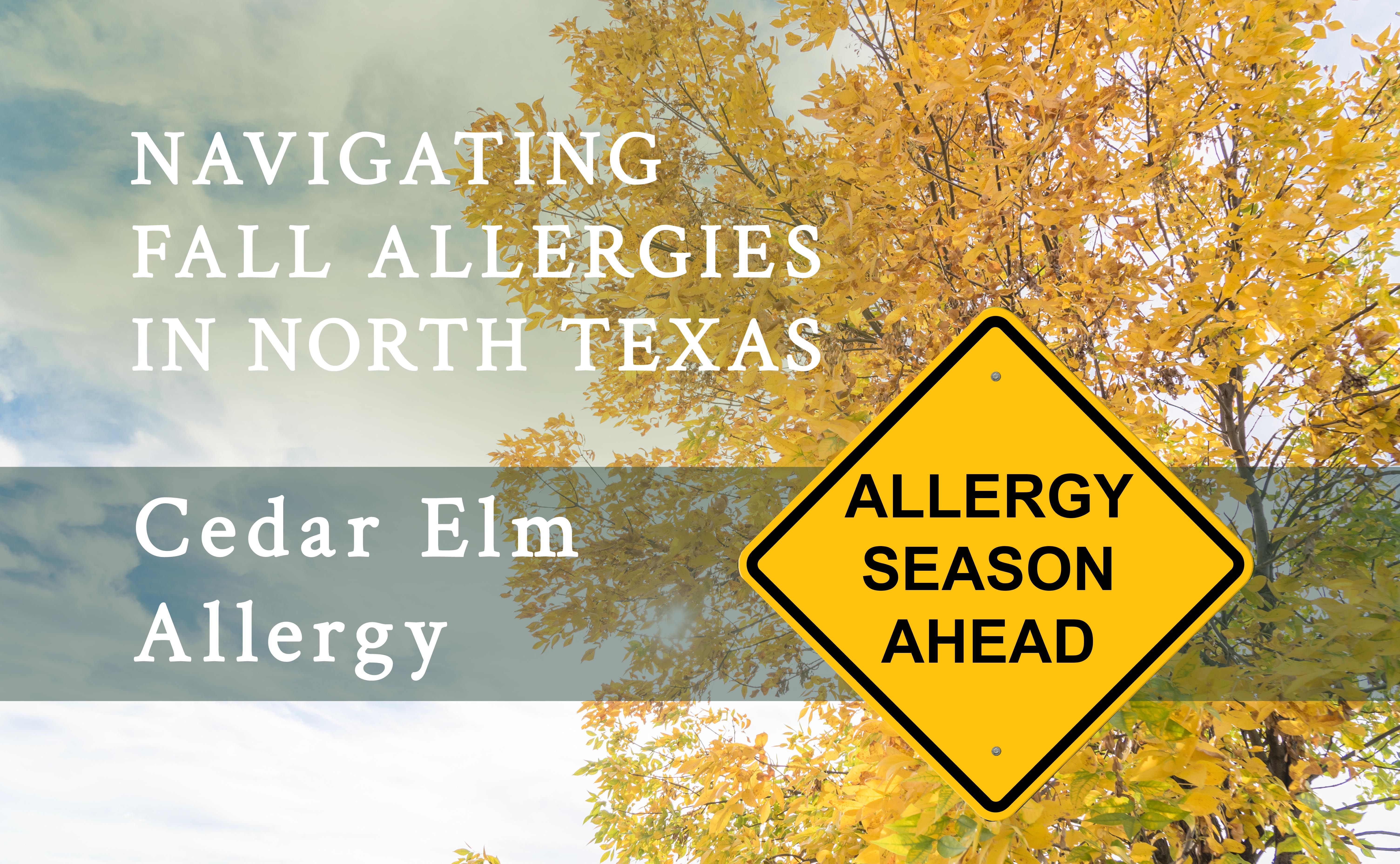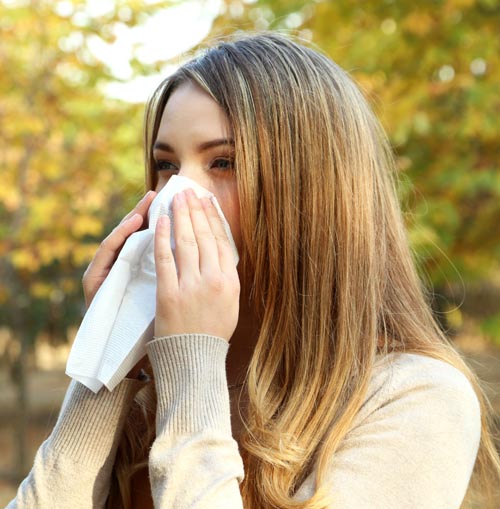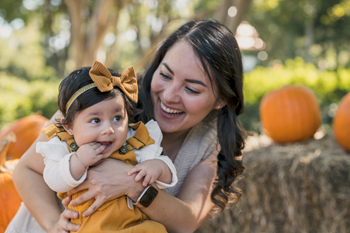
05 Nov Texas Allergy Center Helps You Navigate Fall Allergies in North Texas: Cedar Elm Allergy
For some individuals, the changing seasons bring an unwelcome companion: allergies. Cedar elm, a common tree found in North Texas, is a notorious allergen source. Cedar elm allergies can put a damper on your enjoyment of the outdoors.
Cedar elm, scientifically known as Ulmus crassifolia, is a deciduous tree native to the central and southwestern United States. It is often admired for its slender branches, serrated leaves, and adaptability to a variety of soil types. Cedar elm is especially prevalent in Texas but can be found in other regions with a warm, temperate climate. Unfortunately, its pollen is notorious for triggering allergic reactions in many people.
Let’s explore cedar elm allergies, including symptoms, management strategies, and tips for prevention.
Symptoms of Cedar Elm Allergies
Cedar elm allergies are primarily associated with the inhalation of pollen released by the tree. When individuals sensitive to cedar elm pollen come into contact with it, they may experience a range of allergy symptoms, including:
- Sneezing: Frequent and sudden sneezing is a common early symptom of cedar elm allergies.
- Runny or Stuffy Nose: Cedar elm pollen can lead to nasal congestion, runny nose, and post-nasal drip.
- Itchy or Watery Eyes: Irritated, itchy, and watery eyes are a hallmark symptom of cedar elm allergies.
- Coughing: Persistent coughing can be a result of post-nasal drip caused by cedar elm pollen.
- Sore Throat: The constant irritation from coughing and post-nasal drip can lead to a sore throat.
- Fatigue: Allergies can be physically draining, causing fatigue and reduced energy levels.
- Headaches: Some individuals may experience sinus headaches as a result of cedar elm pollen exposure.
- Difficulty Breathing: In severe cases, cedar elm allergies can cause shortness of breath and wheezing, which may necessitate medical attention.
Management and Treatment
While cedar elm allergies can be uncomfortable, there are several strategies for managing and alleviating symptoms. Consider the following approaches:
- Allergy Shots (Immunotherapy): For those with severe cedar elm allergies, allergen immunotherapy may be recommended. This treatment involves gradually exposing the body to the allergen to build tolerance over time.
- Avoidance: Stay indoors on windy days when pollen levels are high, and keep windows closed. Use air purifiers with HEPA filters to reduce indoor pollen levels.
- Personal Protective Measures: When you must be outdoors during high pollen periods, wear sunglasses to protect your eyes and use a pollen mask to filter the air you breathe.

Prevention Tips
Preventing cedar elm allergies begins with understanding the tree’s pollen season and taking proactive measures:
- Stay Informed: Monitor local pollen counts and weather reports, so you can plan your outdoor activities accordingly.
- Limit Outdoor Time: Try to stay indoors during peak pollen periods, usually in the early morning and late afternoon.
- Close Windows: Keep windows and doors closed to prevent pollen from entering your home.
- Regular Cleaning: Dust and vacuum your home frequently, and consider using an air purifier with HEPA filters.

Our board-certified allergist and highly trained staff are here to help you find relief. We will address questions and concerns, and then find treatment and care that is right for you! Get started today.

